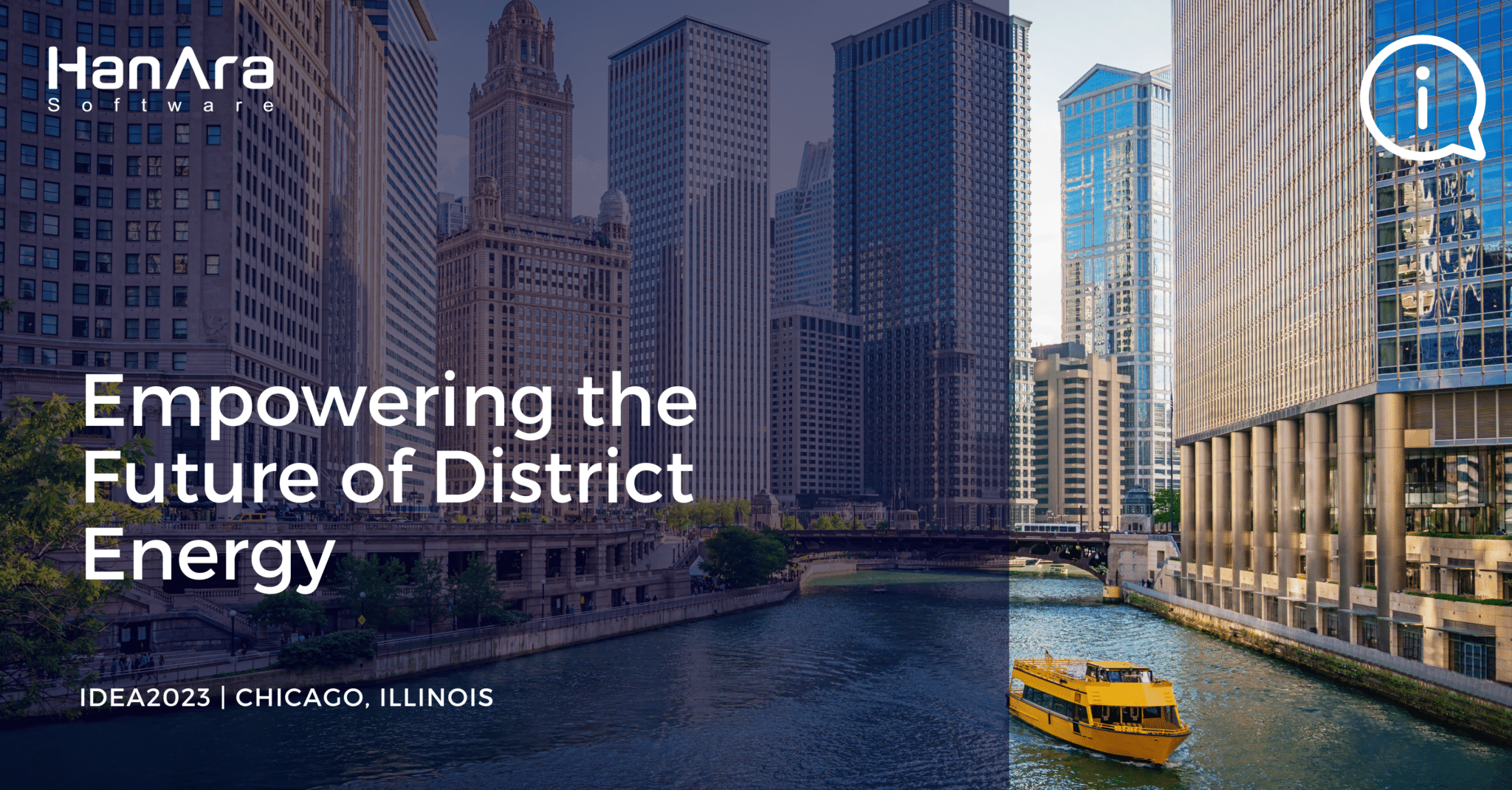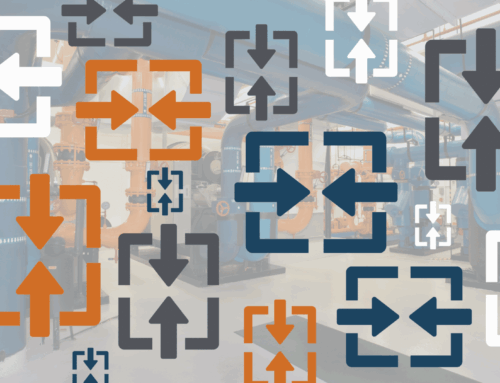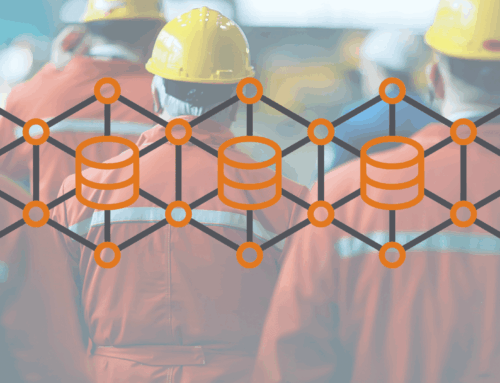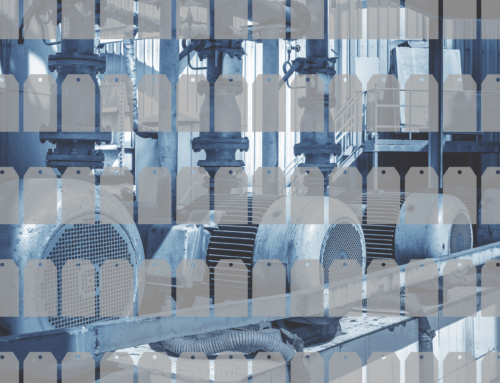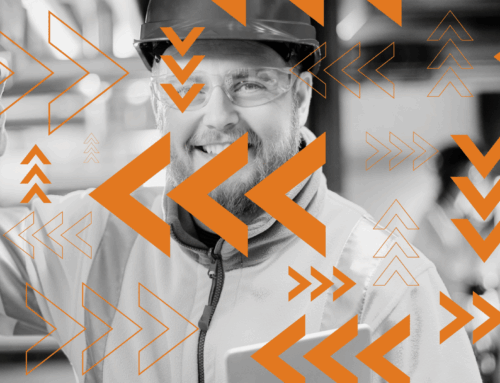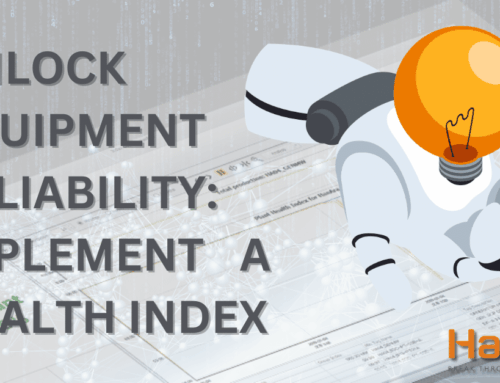This past week in Chicago, members of the HanAra team participated in the International District Energy Association (IDEA) IDEA2023 conference. Like every IDEA conference, the IDEA staff and board filled this year’s sessions with best practices and advancements made throughout the United States and the world. The theme this year was Empowering the Next Generation. As a technology provider of predictive analytics and data management solutions, let’s expand this year’s theme to Empowering the Next Generation of People and Tools.
Think Long Term
Your People in District Energy
The future of district energy is, of course, the latest generation entering the workforce. But it goes much further than the next 10-20 years. Therefore, the industry must continue to empower the next generation, the generation after that, and the generation after that. For futureproofing, IDEA has taken significant steps to get the word out about the value and benefit district energy applications provide to cities, hospital districts, universities, and more.
This awareness is vital to the success of future generations. Awareness will help develop excitement and passion around district energy applications. Awareness is insufficient to empower the next generation, but it is a crucial element in bringing the next generation to the table. For future generations to succeed in the future, the industry must attract and retain the next generation first to be able to empower them.
Some simple ways to increase awareness include providing facility tours, creating an internship program, and improving district energy websites and signage. IDEA has created an informative video below to share about what district energy is:
Your Solutions in District Energy
Technology and software continue to evolve, so your tech today won’t be tomorrow’s district energy technology. To help future-proof, organizations should evaluate their system’s scalability, architecture, and integration.
Beyond the technical side, awareness is essential when thinking about solutions in the long term. Awareness includes training members at diverse levels and stages. It also includes making non-traditional users aware of what is available and the value it provides. This simple step can increase technology usage and help prepare for future needs and perspectives. For example, we are seeing increased sustainability offices wanting to have access to data historians. Though a sustainability officer may not need the level of granularity of an O&M engineer, they will benefit from data, dashboard, and KPI access.
Think Continuous Development
Your People in District Energy
Conferences like IDEA2023 are an excellent way for continued professional development. At this year’s conferences, session topics included:
- De-Carbonizing with District Energy
- District Systems Scale Driving the Energy Transition
- District Cooling & Thermal Energy Storage
- Campus and Community Energy Development
- Smarter Cities & Resilient Energy Infrastructure
- Integrating Renewable Energy
- Energy Efficiency
- Cybersecurity
- Distribution Systems and Customer Buildings
- Future Fuels and Renewable Natural Gas (RNG)
- Geothermal and Geo-Exchange
- Heat Pumps and Energy Recovery Technologies, including Waste Heat /Recycled/Recovered Heat
- Microgrids & Distributed Generation
- Public-Private Partnerships to Accelerate Investment in Energy Infrastructure
- System Expansion, Modernization & Renewal
- District Energy and CHP Case Studies in Cities, Communities, and Campuses (corporate, health care, research, pharma campuses, airports & military bases)
- Community Energy Planning & Master Planning
- Business Development, Business Models, Partnering and Financing Strategies
- Controls, Monitoring, Metering, Optimization & Energy Management
- Water Conservation and Optimization Strategies
- Staffing, Recruiting, Training, Mentoring, and Talent Management
The conference was packed full of meaningful content and best practices. And conferences should not be your or your organization’s sole source of development. Continuous development should be an objective supporting your organization’s overall goal, mission, and vision.
As a result, consider creating a development plan for members detailing the focus, key metrics, and the tools and resources they have available to them to gain new skills and expertise. These tools can be everything from conferences, on-the-job shadowing, research projects, and even internal mentorship programs.
Your Solutions in District Energy
Technology continues to evolve and advance. To prepare for this continuous change and development, the best thing to do is start with an agile and flexible strategy, not one set in stone. By thinking about future integrations or future scaling now, you will be better prepared for advances in both the short term and the long term. Create a vision of where you want to be with your technology by talking internally at all layers of your organization as well as other organizations in the industry (or even outside the industry).
And like employee continuous development, create objectives and metrics for your technology and software development. This can include everything from functionality and capability to usage to systems monitored. By evaluating your current district energy technology and creating an improvement plan, you will be better prepared for future requirements.
Learn More
Missed us at IDEA2023 and are interested in learning how we help district energy applications improve operations? Reach out to us today. We help provide users with the necessary data insights to improve processes now and in the future.
